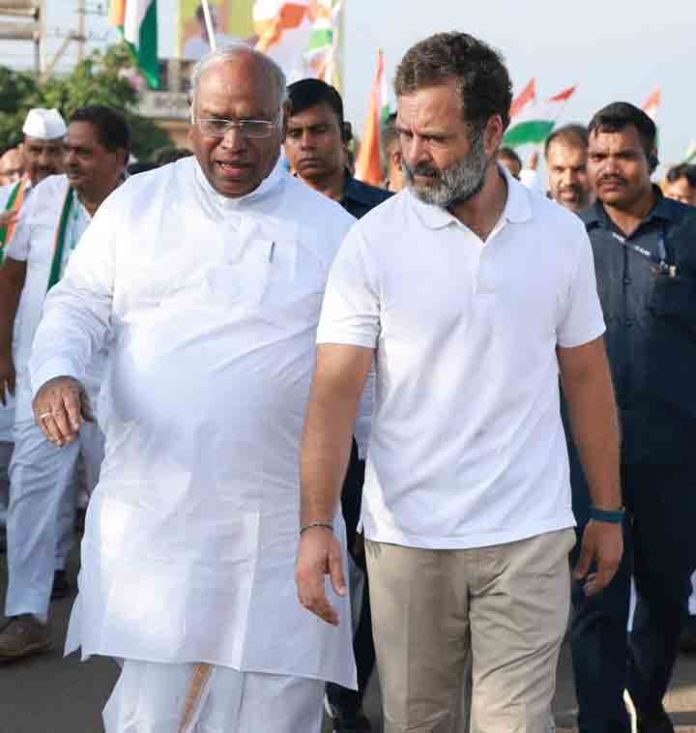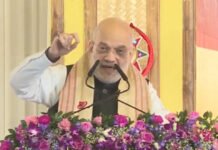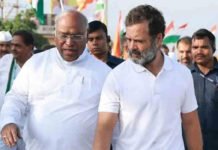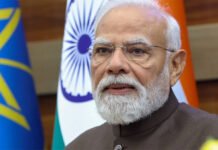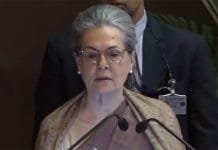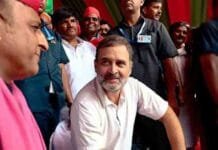Rahul Gandhi’s recent DTC bus journey has sparked significant political debate. Explore the implications of his move as a critique of BJP policies and its impact on public perception and upcoming elections.
In a recent political maneuver that has captured significant public and media attention, Rahul Gandhi, the Leader of the Opposition, undertook a journey on a Delhi Transport Corporation (DTC) bus. This action, which took place amidst rising political tensions and public scrutiny, has been interpreted as a strategic critique aimed at the Bharatiya Janata Party (BJP) and its handling of recent incidents, including the Farrukhabad case.
The Significance of Rahul Gandhi’s DTC Bus Journey
Rahul Gandhi’s decision to travel via a DTC bus was not merely a personal choice but a deliberate political statement. By opting for public transportation, Gandhi aimed to highlight the conditions of the city’s infrastructure and the challenges faced by ordinary citizens. This move served as a direct critique of the current administration’s policies and their impact on the daily lives of the common people.
Addressing the Farrukhabad Incident
One of the focal points of Gandhi’s critique was the recent Farrukhabad incident. The event, which has stirred considerable controversy, involves the tragic deaths of two young women. The circumstances surrounding their deaths, including the discovery of their bodies and related evidence, have become a focal point of public and political discourse.
Gandhi’s use of the DTC bus journey to address this issue underscores his strategy to align himself with the common people while criticizing the ruling BJP for its handling of such sensitive cases. This approach aims to capitalize on public sentiment and position Gandhi as a leader deeply concerned with grassroots issues.
Public Reaction and Political Implications
The public reaction to Gandhi’s bus journey has been mixed. On one hand, it has generated sympathy and support among sections of the populace who view it as a genuine attempt to connect with the common man. On the other hand, critics argue that it is a politically motivated stunt designed to garner media attention and public support ahead of upcoming elections.
The Media Spotlight
The media coverage of Gandhi’s journey has been extensive, with news outlets highlighting both the symbolic and practical aspects of his move. This attention reflects the high stakes involved in the current political climate and the role of media in shaping public perception.
Comparative Analysis: Political Strategies and Public Perception
Similar Strategies in Political History
Rahul Gandhi’s approach is reminiscent of various historical political strategies where leaders have used symbolic actions to connect with voters and criticize opponents. Such strategies often involve public gestures that resonate with the electorate and underscore the leader’s commitment to addressing pressing issues.
Evaluating Effectiveness
The effectiveness of Gandhi’s strategy in this instance will be measured by several factors:
- Public Support: The level of public support garnered through such gestures.
- Media Impact: The extent to which media coverage amplifies the message.
- Political Outcomes: The influence on upcoming electoral contests and party dynamics.
Rahul Gandhi’s DTC bus journey represents a multifaceted political strategy aimed at addressing public concerns while challenging the current administration. The move has succeeded in drawing substantial media attention and sparking public debate, reflecting the complex interplay between political actions and public perception.
As the political landscape continues to evolve, the impact of such strategies will become clearer, providing insights into their effectiveness and the broader implications for India’s political future.

